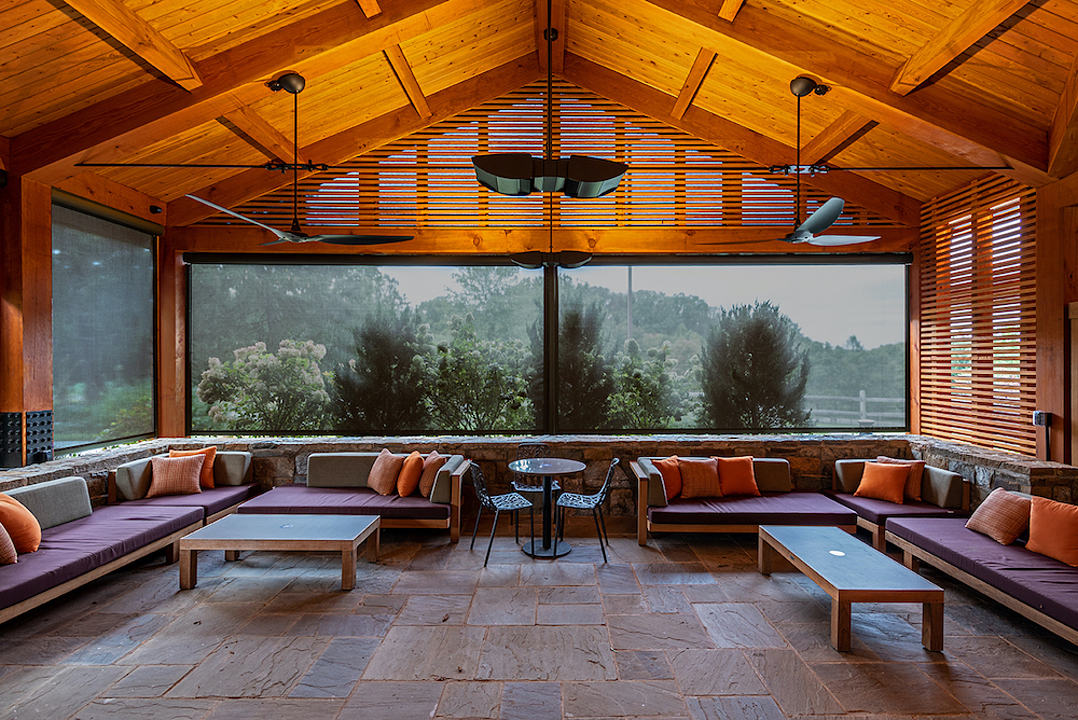NEWS
The Importance of Modern Visualization Tools in Material Specification
In architecture, choosing the right construction materials is crucial to improve efficiency, ensure structural integrity and maximize performance, ultimately setting the standard for the finished product. But because any building – from its outer skin to its framing system – consists of many layers and parts, understanding how these fit and work can be just as important during design and manufacture. Technical specification of materials and constructive systems plays a key role in conveying this information, providing all of the necessary knowledge, properties and characteristics for any successful project. After all, the more you know about what lies between walls and behind finishes, the better your architecture will be.
Although specifications tend to be written, defining in words what cannot be drawn, they are usually complemented with detailed visualizations that facilitate the comprehension of each building element. And in this modern digital era – where architects have advanced technologies at their disposal –, this deep understanding and accurate representation of material specification has never been easier.

With that in mind, below we delve into why it is important to specify the materials and components that make up a building, and how modern visualization tools are essential to do so.
What is material specification?
Whether it be wood or steel, every construction material has its own unique characteristics. As a result, architects must base their selection on factors such as physical properties, quality, the project’s context, manufacturing processes and costs. They must also choose materials that meet certain conditions, especially local climate requirements and regulations. In order to guarantee that every standard is met, all of this valuable information must be specified.

By dictionary definition, a specification is a complete and precise presentation of something. In architecture, it refers to a detailed description of materials and constructive systems used throughout the entire design and construction phase of a project. It includes data and instructions regarding dimensions, construction, workmanship, assembly, and installation requirements, as well as any other parameters that are mandatory to ensure the performance of each product. They can also incorporate the brand of every piece that needs to be purchased. Usually prepared by an architect, engineer or designer, specifications give each of these professionals control over the virtue and finished appearance of their projects. However, to be successful, these must be concise, accurate and, at the same time, deliver all of the necessary details.

What is the role of visualization in material specification?
Architecture is better expressed through drawings, models and images. In other words, it communicates through the language of visualization, either between architect and client or among design professionals themselves. Thanks to rapid advancements in computer technology over the last 30 years, techniques have evolved significantly. From 2D planimetry to immersive 3D experiences with software like BIM, Rhino, and Vray, models have reached unthinkable levels of precision. It is now possible to visualize projects in real time and integrate workflows during all phases, resulting in easier coordination, greater reliability and a more efficient project management. Ultimately, graphics allow many of the problems that could occur on the construction site to be resolved in the early stages.

Common visual representation methods include realistic renders, collages and computer drawn images. But when it comes to showcasing the inner layers that form a structure instead of aesthetic finishes, more technical 3D graphics like exploded isometrics tend to work best. To closely observe a wooden joinery or a steel beam-column joint, for example, such graphics bring levels of detail that would hardly be achievable in common two-dimensional designs. Therefore, when it comes to specifying materials with each of their complexities and intricate parts, 3D visualization plays a pivotal role in providing that knowledge.

Digital models are essentially accurate representations of reality, meaning it is possible to experiment and test how materials are assembled, how they will behave and how they will feel and look in the finished product. Visualizing what they used to imagine, architects are now able to foresee any design errors and specify the correct products to make sure all performance requirements are fulfilled. Regarding aesthetics, visualization is extremely useful to predict the final result, hence facilitating the selection of certain materials above others. Creating a render can serve to choose between a matte or glossy finish, can help foresee how a certain type of wood will fit stainless steel, or how a surface will create specific patterns, textures and shadows. At the same time, customers and builders will receive this information in an easier and more didactic manner, which evidently translates into improved projects.

Architectural visualization is an art by itself. It can be beautiful, dynamic and unique. Clearly, it can also be extremely functional in specifying materials and constructive systems, dismantling all of their parts and pieces. Looking into the future, the industry is headed towards Virtual and Augmented Reality, which could open new, multi-sensory possibilities that will certainly have strong implications in material specification, hopefully leading to a higher quality built environment.
Article by ArchDaily






